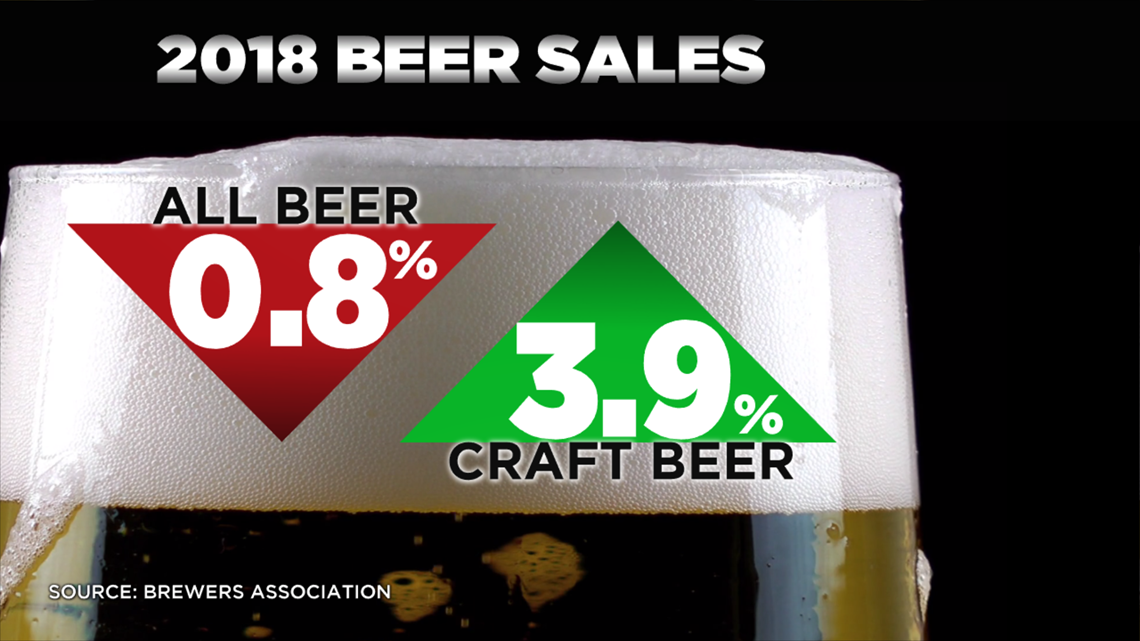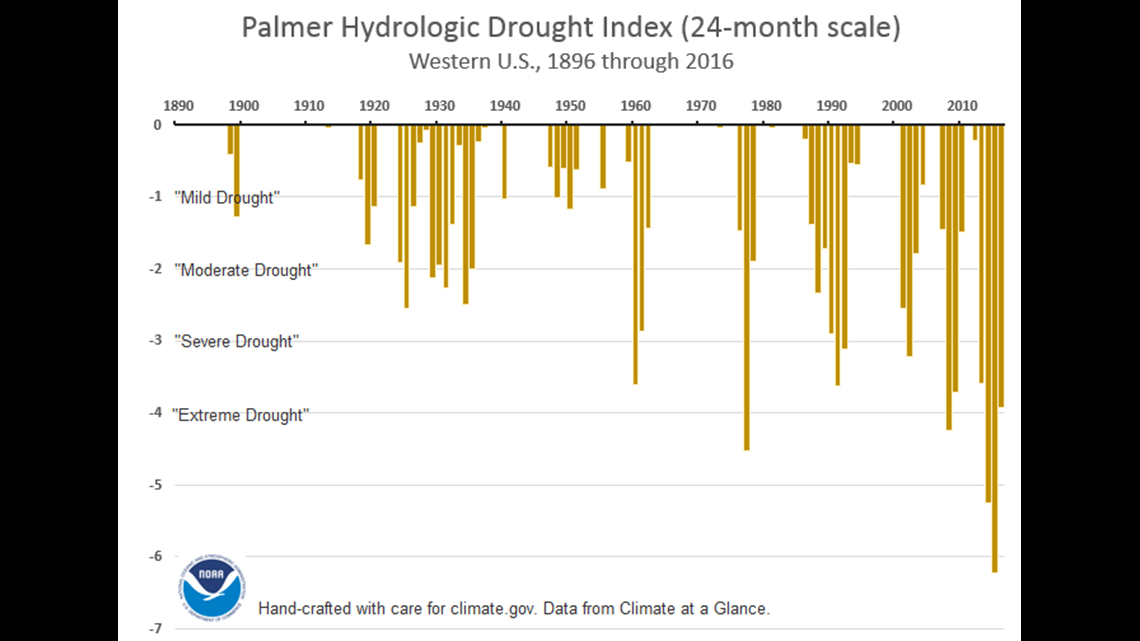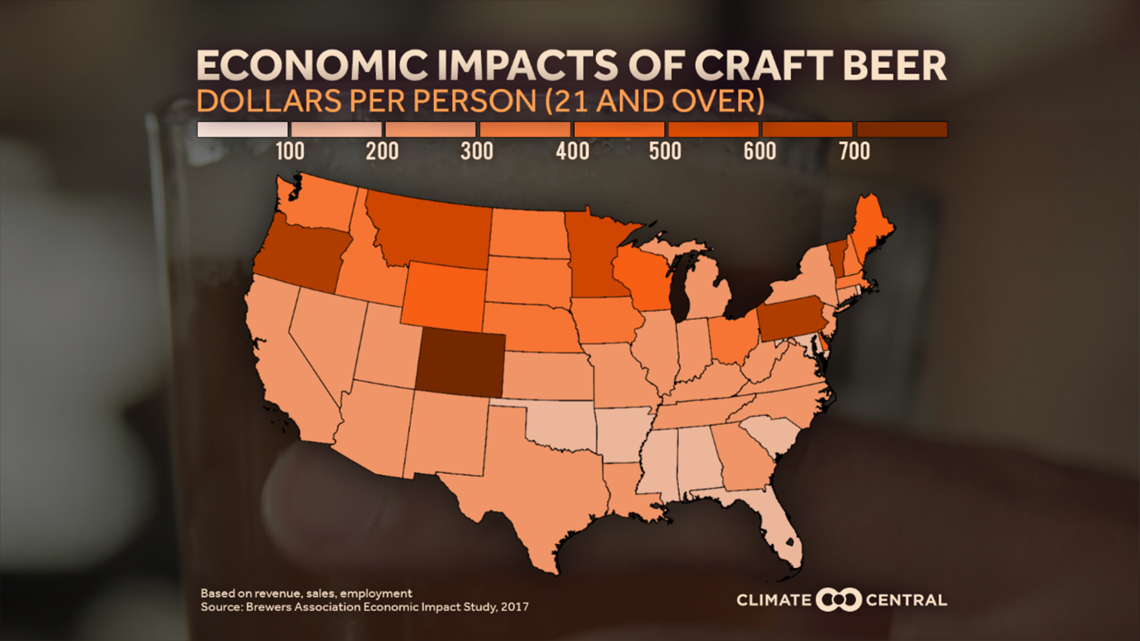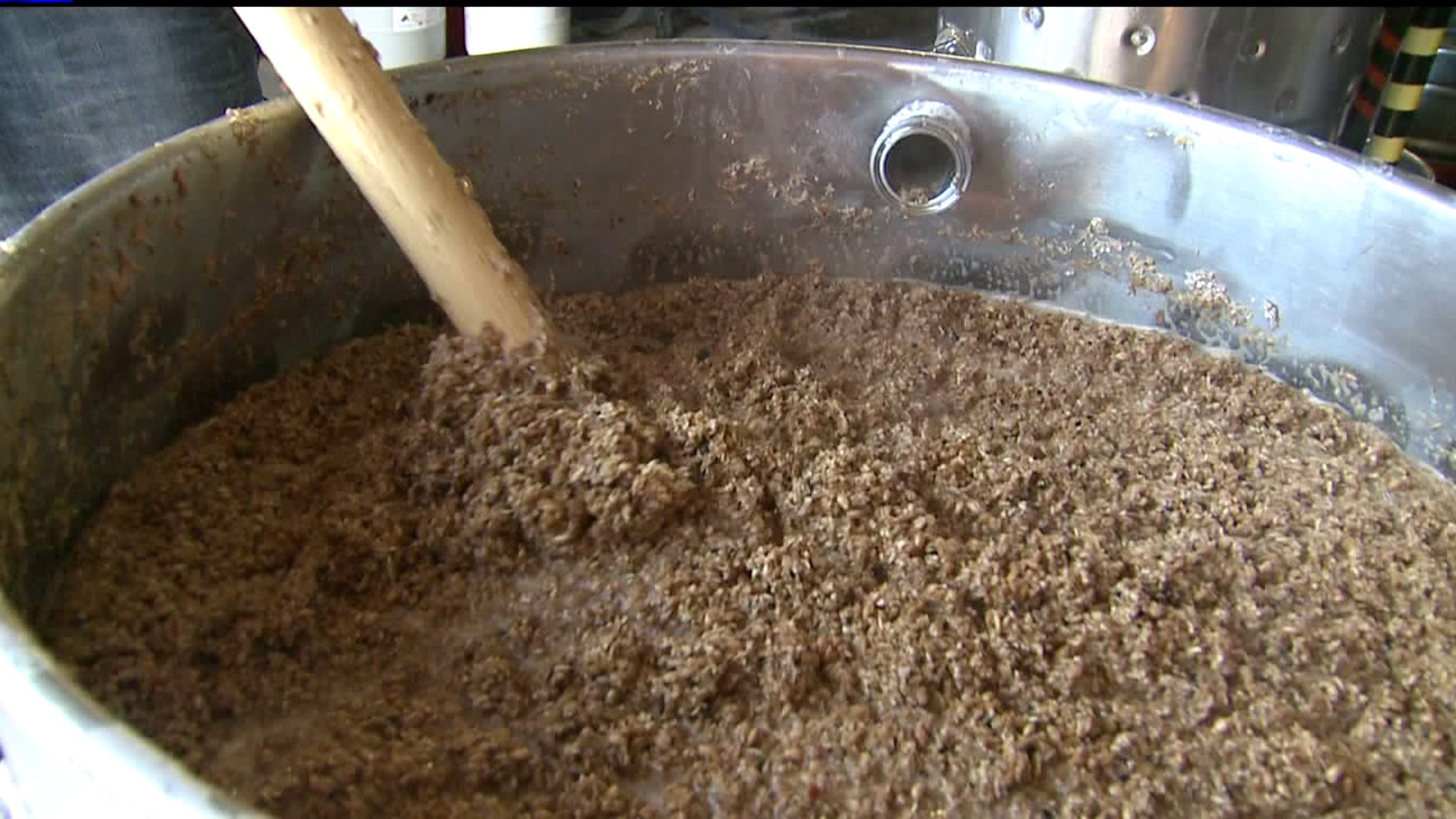SOLON, Iowa- Nestled next to familiar corn and soybean fields, a different type of crop is growing in the Quad Cities region. It's all part of the continued expansion and demand for flavorful craft beer.
"We've seen quite a few hops farms pop up within just a couple hours drive of the Quad Cities over the last five years or so," says Nick Bowes, president of Bent River Brewing Company in the Quad Cities. "What we're seeing right now is the explosion of craft breweries across the country. Some of the trendier hops have become much harder to acquire."
According to the Brewers Association, general beer sales continue to trend down slightly, almost a full one percent in 2018. Meanwhile, craft beer sales are rising, a trend that has been seen since 2014.


With craft beer, a special variety of hops are mixed with other key ingredients to create unique flavors. "Right now the trend is all these IPA's (Indian Pale Ale) that have three and four times as many hops per batch as what even maybe a traditional IPA does," says Bowes.


The problem is tied to the fact that more than 90-percent of hops are grown in the Pacific Northwest, an area that has been seeing the effects of climate change first hand. Looking back at the historic Palmer Hydrologic Drought Index data, it's easy to see how drought is increasing with time in this region. With drier conditions, farmers are having to get creative with where they source their water from. Traditionally water is obtained from rivers and streams that are filled with melted snow. However, as this moisture source continues to decline, farmers are now having to install irrigation systems. This change in water source also changes the taste of the craft beer because of the different chemical composition.


"There are a lot of factors that actually make the hop taste a little different, smell a little different, water being one of them, soil climate, growing practices., etc.," says Christian Paterson, vice president of Ag and Business Development at Buck Creek Distributing in Solon, Iowa. "It's becoming harder to predict weather which is really important in this kind of production where the plant you are growing is so susceptible to so many different types of diseases."
If certain weather conditions begin to impact a large percentage of the hop production here at home, that would be an absolute disaster, says Bowes. "That would be just about the worst-case scenario for us because the hops, for the most part, are one of the most expensive things we are already putting into it. You'd almost be forced to stop making those products or you would have to put a premium price tag on them just due to the increased cost."
"Climate change is an issue and it's definitely talked about among the community," says Paterson.


The economic impact could also be quite devastating. On average adults in Iowa age, 21 and older spend $400 to $500 per year on craft beer. Illinois isn't far behind at $200 to $300 per year. Combined, both states pull in nearly $4.2 billion in craft beer sales in 2018 alone. Nationwide, the craft beer industry maintains nearly half a million jobs.

